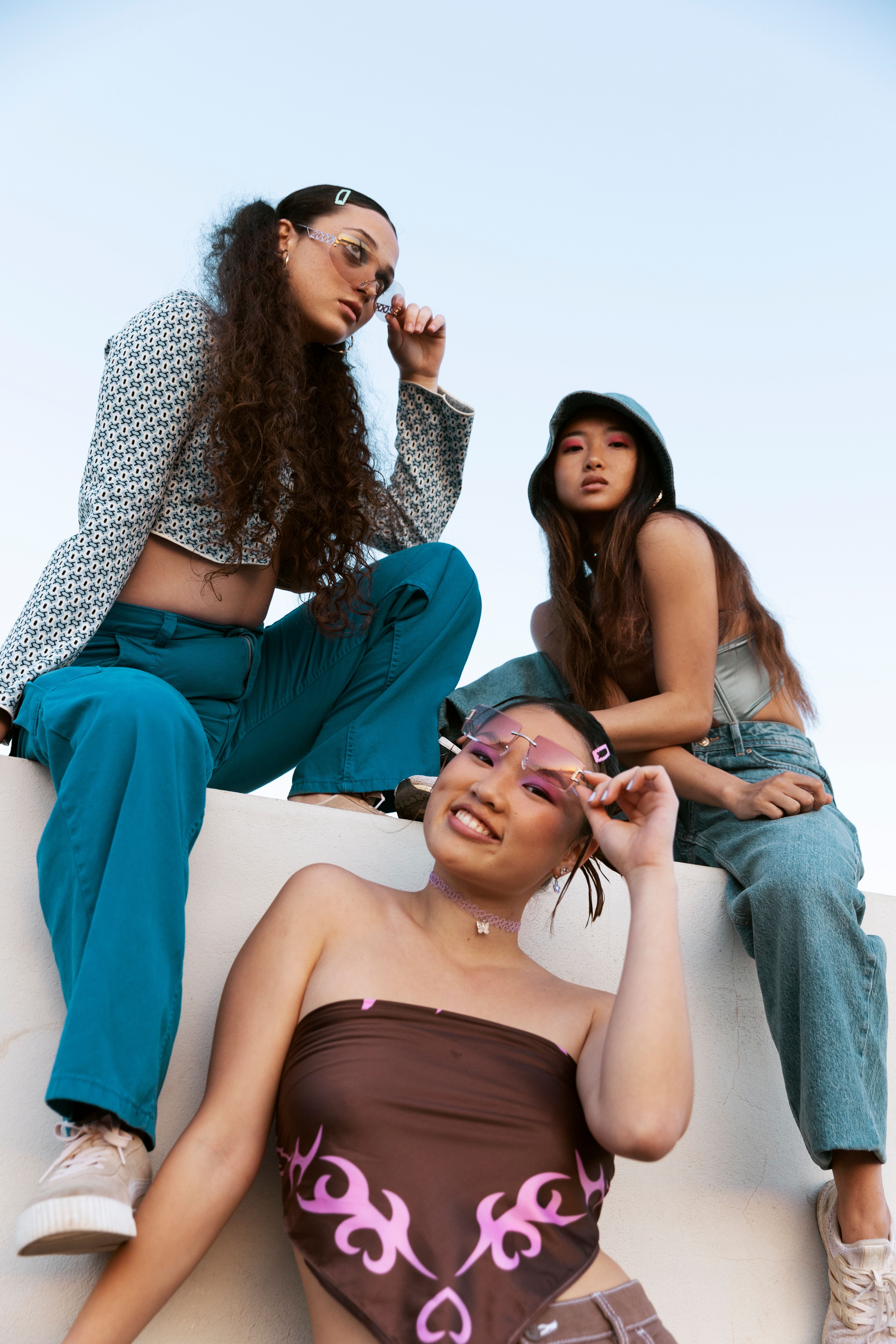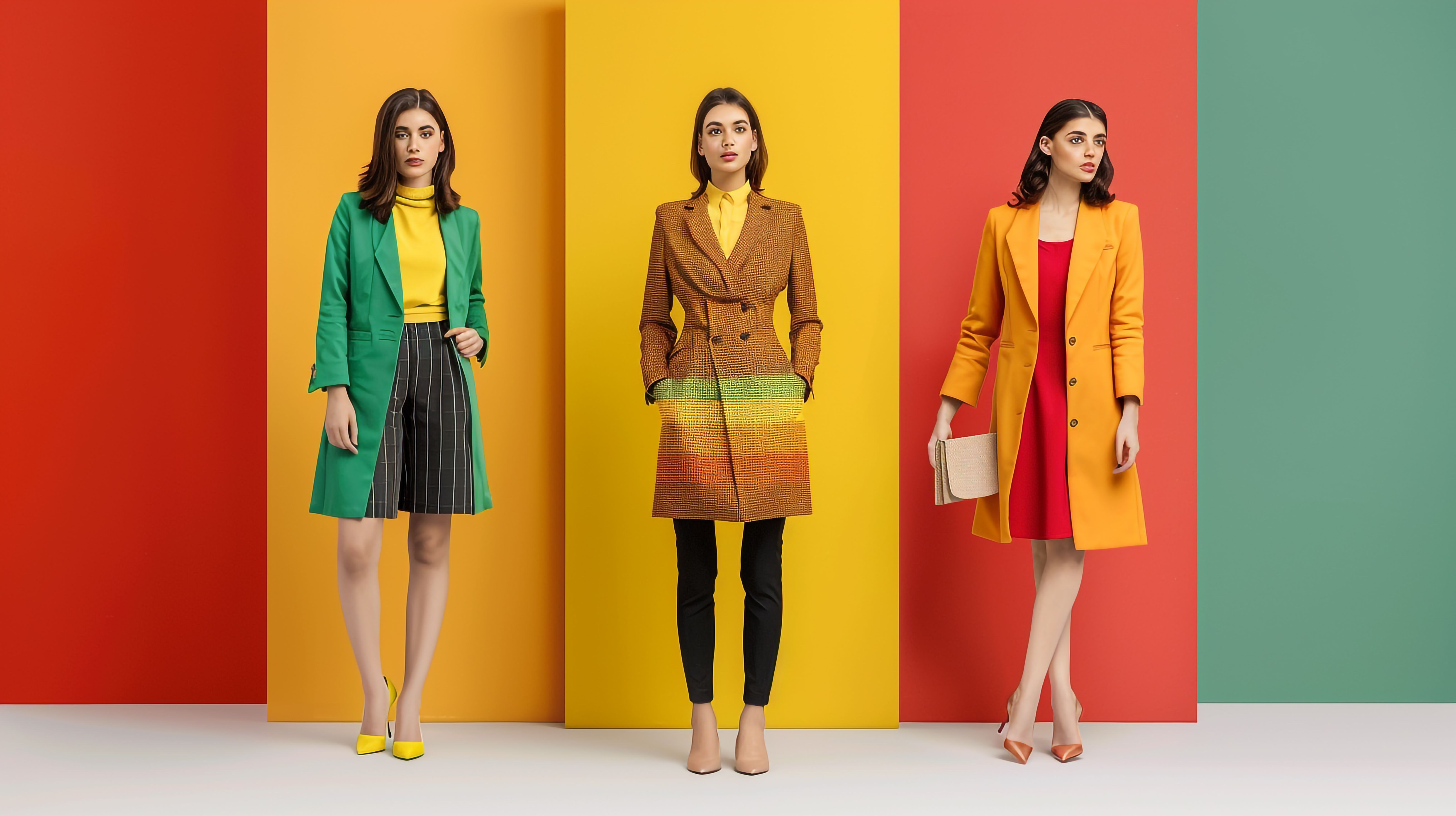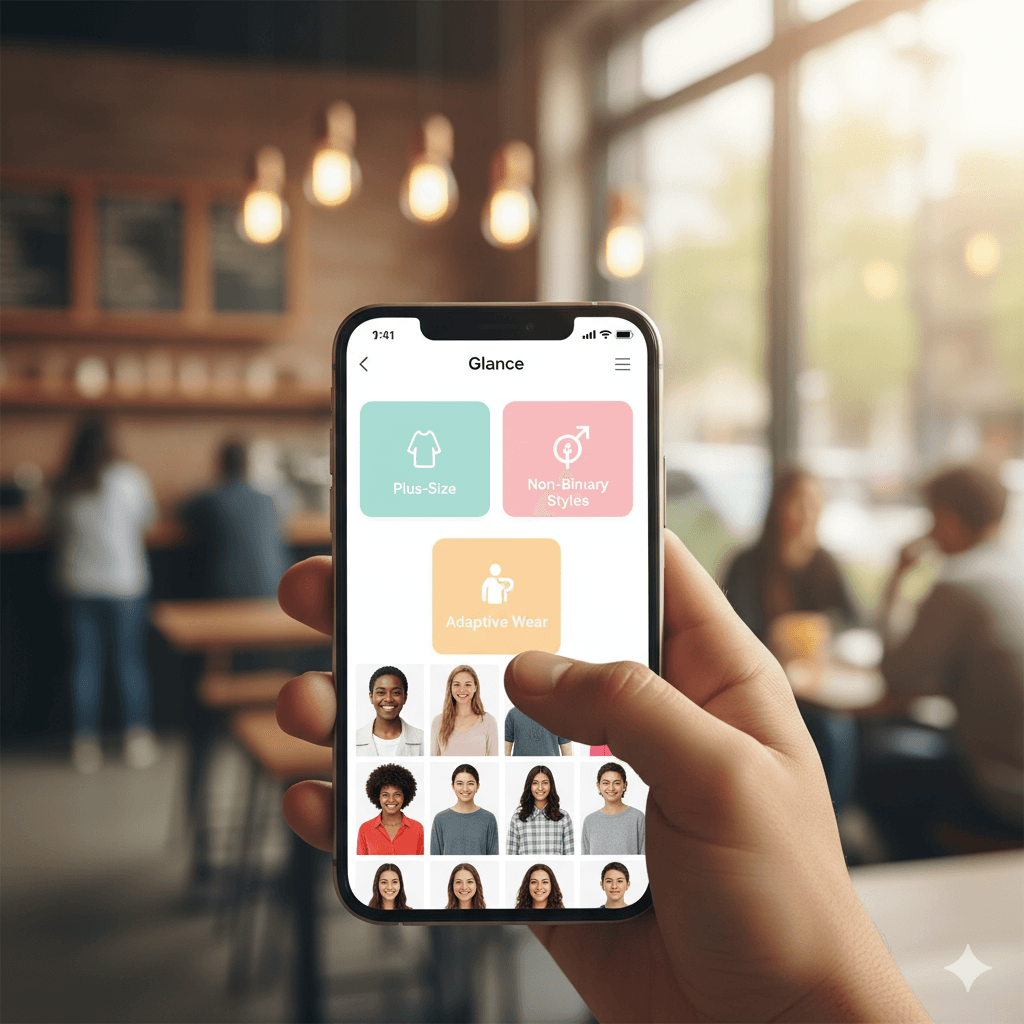How Fashion Inspiration Evolves Through Social Media
How Adaptive Clothing Is Changing Fashion
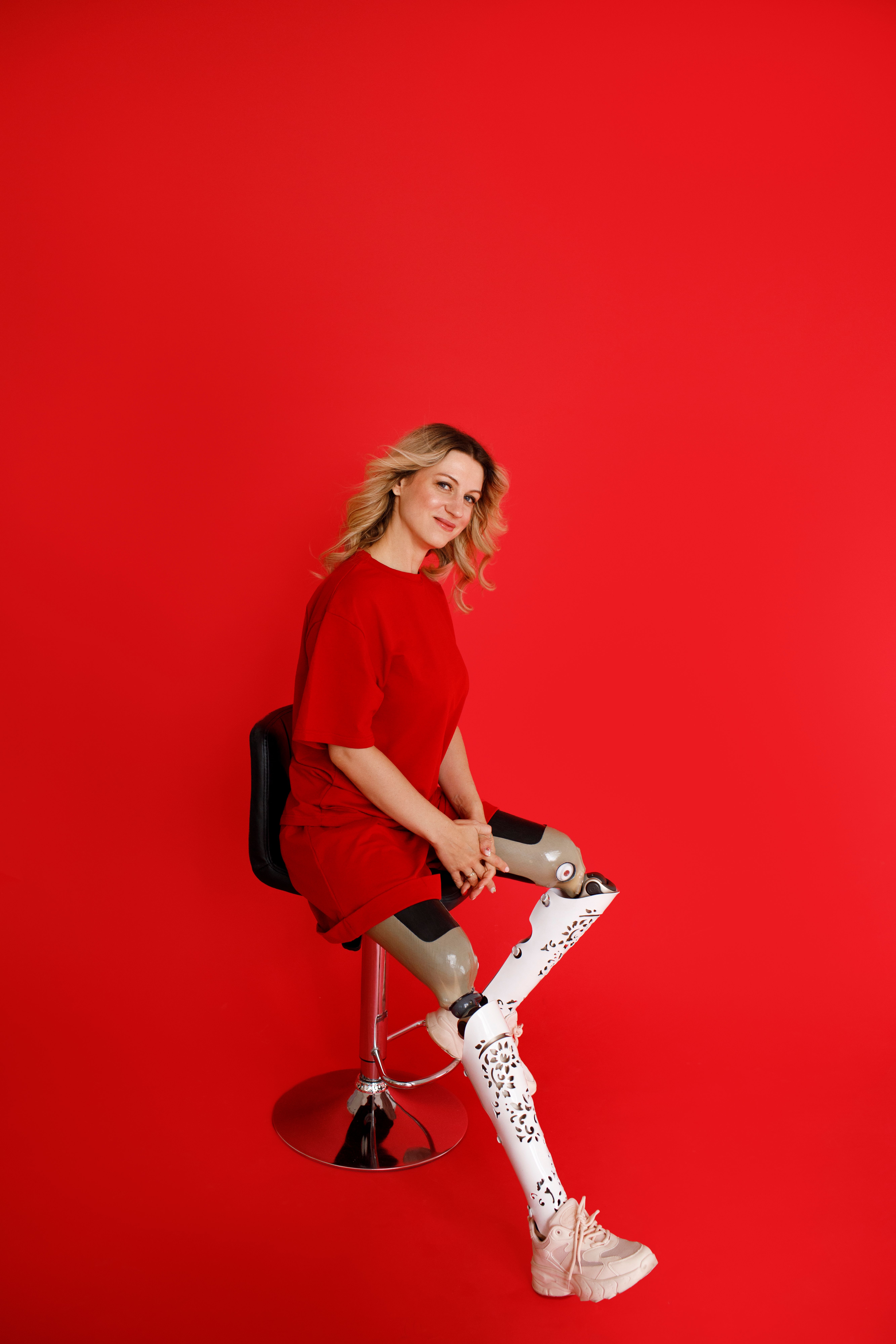

TL;DR
Adaptive fashion is evolving — blending inclusivity, technology, and personalization. Valued at USD 5.32 billion in 2025, the adaptive clothing market is projected to reach nearly USD 9.89 billion by 2032, driven by innovation and accessibility. Through adaptive clothing solutions, AI helps brands and consumers achieve perfect fits, smart designs, and personalized styling for all abilities. Platforms like Glance AI act as AI Twins, analyzing body types, comfort preferences, and mobility needs to curate styles that empower confidence and independence.
Introduction: Fashion That Fits Every Body
Fashion is more than self-expression — it’s independence, identity, and confidence. Yet, for millions of people with disabilities, limited mobility, or chronic conditions, clothing can be restrictive or uncomfortable.
Enter adaptive clothing, an inclusive design movement that merges functionality with dignity. It’s about shirts with magnetic buttons instead of fiddly fastenings, pants designed for wheelchair comfort, and fabrics chosen for sensory sensitivity.
Now, imagine pairing that with the precision and empathy of AI. That’s where adaptive clothing meets technology — combining innovation with inclusivity. AI can analyze mobility patterns, posture, and proportions to recommend outfits that fit perfectly and feel empowering.
The result? Fashion that doesn’t exclude — it adapts.
And leading this revolution is Glance AI, your AI Twin that understands more than style — it understands you. Glance AI uses personalization and intelligence to bring adaptive fashion to life, helping users discover looks that match their body, lifestyle, and comfort needs.
Understanding Adaptive Clothing: Design with Purpose
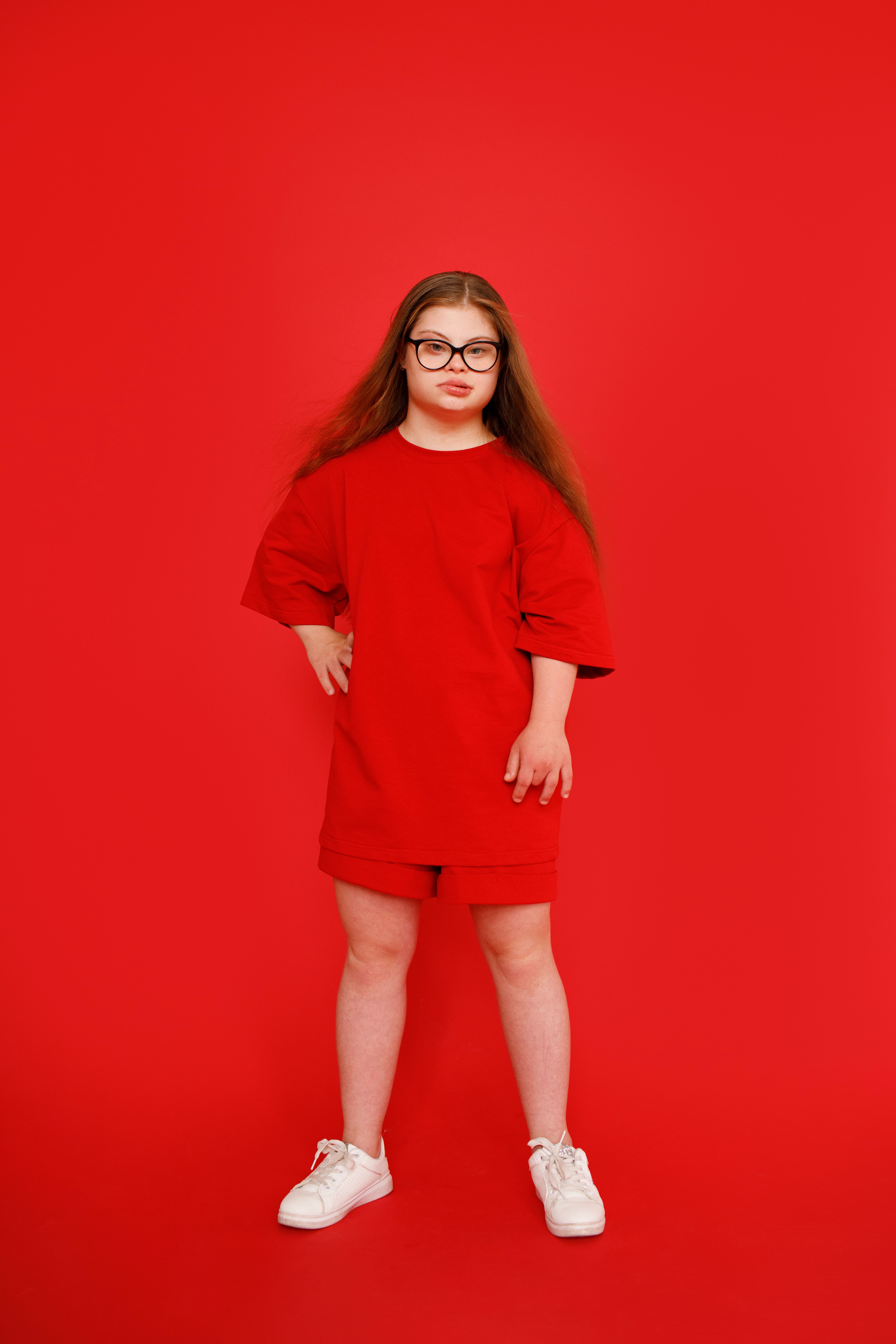
Adaptive clothing refers to garments specifically designed for people with disabilities or reduced mobility. Unlike traditional fashion, its focus isn’t just aesthetics — it’s functionality, accessibility, and emotional comfort.
From adjustable waistlines to easy-open fasteners, adaptive fashion is about empowering independence — enabling wearers to dress comfortably without assistance.
The growing global awareness and aging population have accelerated innovation in this space. As the market heads toward USD 9.89 billion by 2032, adaptive clothing is no longer niche — it’s the future of inclusive design.
AI takes it one step further by ensuring that each design fits the wearer’s individual needs — by recognizing posture, body structure, and range of motion through advanced body type intelligence.
Designing for All: Adaptive Clothing Categories
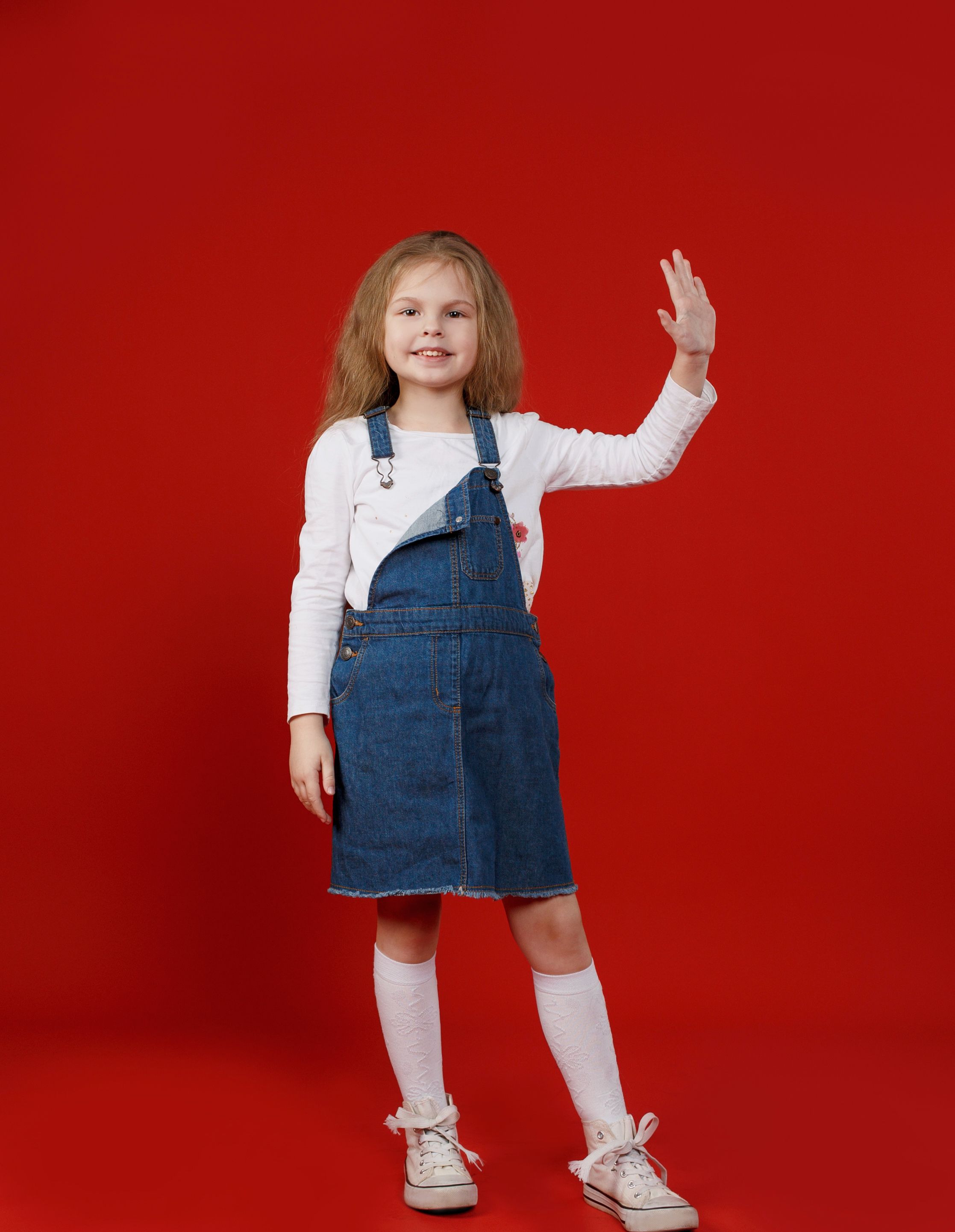
| Category | Purpose | Design Features | AI Role & Enhancement |
| Mobility-Adaptive Wear | For wheelchair users, amputees, or limited limb movement | Seated-fit pants, side zippers, magnetic fasteners | AI predicts fit and posture comfort using movement data |
| Sensory-Friendly Clothing | For individuals with autism or hypersensitivity | Tagless seams, soft natural fibers, minimal stitching | AI recommends fabrics based on user sensory data |
| Medical-Adaptive Apparel | For people using prosthetics, catheters, or monitors | Hidden access panels, stretch zones, soft openings | AI customizes placements and fit for medical equipment |
| Senior-Friendly Wear | For aging adults with arthritis or limited dexterity | Elastic closures, lightweight layers | AI learns movement patterns and suggests ergonomic styles |
| Inclusive Everyday Fashion | For universal accessibility | Adjustable sizing, hybrid silhouettes | AI personalizes color, comfort, and occasion-based styling |
This table illustrates that adaptive clothing is not one-size-fits-all — and with AI, it becomes infinitely more personal and precise.
The Role of AI in Adaptive Clothing
At the core of adaptive clothing innovation lies AI’s ability to understand human variation — how we move, sit, bend, and express ourselves.
AI-powered modeling tools scan 3D body types, identifying natural posture, limb differences, or seated proportions. The result is garments that truly fit — not just in size, but in comfort and movement.
For instance, a wheelchair user’s jeans might have higher back rises and softer seams to avoid pressure points, while an individual with prosthetics might need adjustable panels or flexible hems. AI ensures these customizations aren’t manual — they’re intuitive.
Glance AI refines this process further by acting as a personal stylist and AI Twin that learns each user’s comfort patterns. It translates data into warmth and dignity — recommending not just what fits, but what feels right.
How AI Enhances the Adaptive Clothing Experience
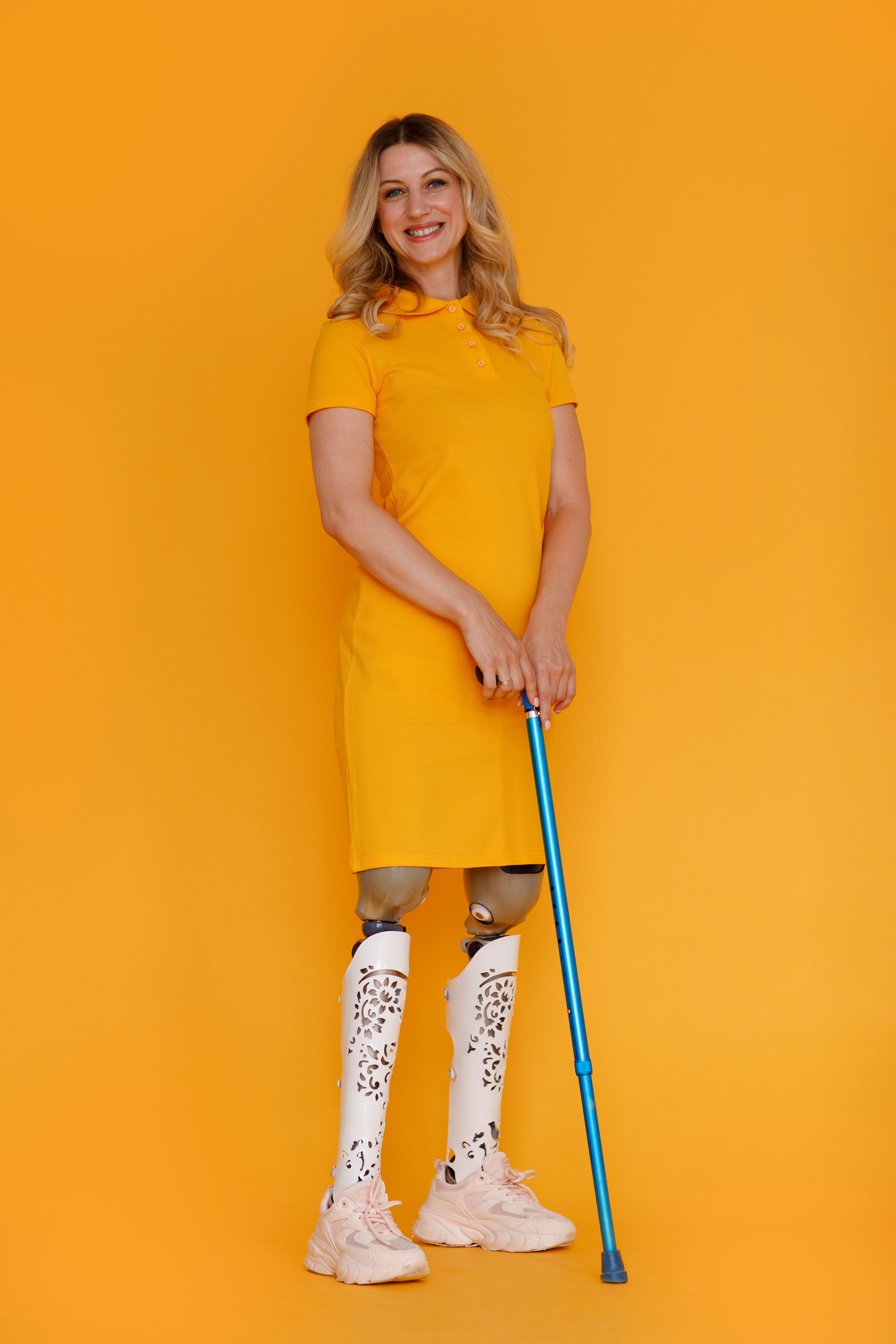
AI transforms adaptive clothing at every stage — from design to retail personalization.
a) Accurate Fit for Every Mobility Need
AI models learn user postures and movement limits to design seated or standing fits. For wheelchair users, this ensures perfect alignment and pressure-free comfort.
AI’s algorithms go beyond standard sizing, building a personalized wardrobe fit map based on movement and flexibility data.
b) Smart Fabric Selection
Through machine learning, AI identifies fabrics that match comfort needs — breathable for tropical weather, smooth for sensitive skin, and flexible for prosthetic adjustments.
For instance, AI may recommend stretch-cotton tunics or tag-free bamboo shirts for users who need easy dressing and temperature regulation.
c) Personalized Styling & Color Psychology
AI doesn’t just tailor the garment — it tailors the experience. By analyzing body type, complexion, and lifestyle, AI suggests color palettes and silhouettes that enhance confidence.
“Through adaptive clothing innovations, technology ensures that everyone can express themselves freely — without compromise or discomfort.”
Glance AI: Your AI Twin for Inclusive Styling
At the heart of this transformation is Glance AI, a personalization engine designed for empathy, inclusivity, and intelligence.
Think of it as your AI Twin — a virtual stylist that understands who you are beyond the data points.
How Glance AI Personalizes Adaptive Fashion
- Learns your body’s mobility range — to ensure tailored fits for every movement pattern.
- Understands comfort triggers — for users with sensory sensitivities or posture needs.
- Suggests adaptive designs — side zips, stretch panels, or front closures that make dressing easier.
- Celebrates diversity — offering inclusive recommendations for all genders, body shapes, and age groups.
In the world of adaptive clothing, Glance AI bridges humanity and technology — ensuring personalization feels emotional, not mechanical.
Market Insights: Adaptive Clothing’s Global Momentum
The adaptive clothing industry is witnessing a cultural and technological shift:
- Valued between USD 5.32 and 18.5 billion in 2025.
- Projected CAGR between 8–9%, potentially reaching USD 32.12 billion by 2032.
- Driven by global aging populations, inclusivity advocacy, and AI-driven design innovation.
Brands across the globe — from Tommy Adaptive to Nike FlyEase — are integrating adaptive fashion into mainstream retail. In India, new-age startups and designers are exploring adaptive ethnic wear, functional sarees, and ergonomic office clothing.
Glance AI’s local-first approach aligns perfectly with this movement — supporting adaptive clothing that reflects India’s diversity, body shapes, and cultural aesthetics while embracing universal accessibility.
Beyond Fit: The Emotional Power of Adaptive Fashion and AI
Fashion is not just about fabric — it’s about feeling. For people with disabilities, wearing clothes that truly fit and represent their personality is transformative.
AI body type technology humanizes this experience by offering personalization that goes beyond metrics — it builds trust and belonging.
Glance AI makes this process inclusive for all. It adapts to your rhythm, your story, your way of living — transforming adaptive clothing into a statement of empowerment.
“The evolution of adaptive clothing proves that fashion can finally be what it was meant to be — for everyone.”
Future of Adaptive Clothing: When AI Meets Accessibility
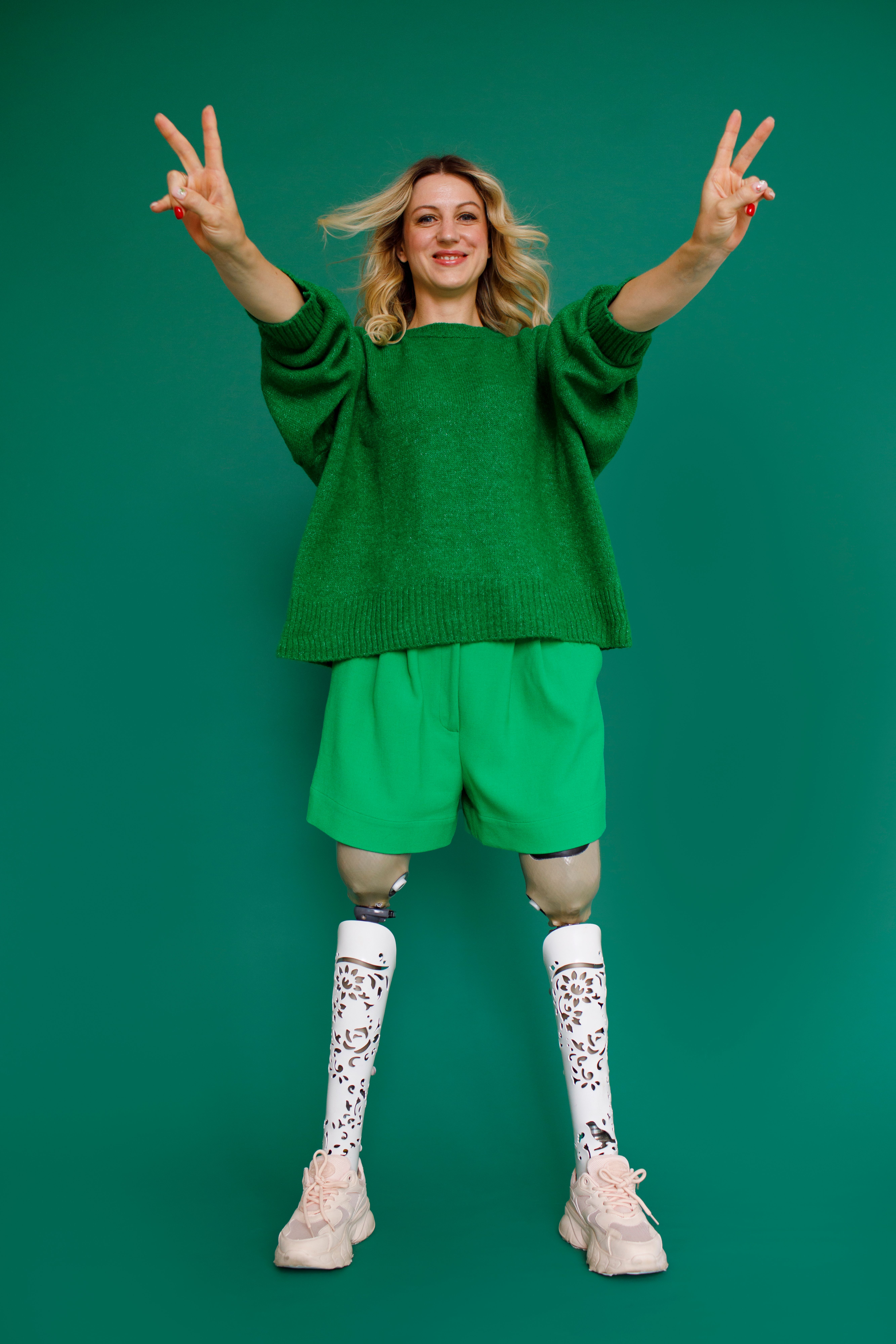
The next era of adaptive clothing is driven by AI innovation + human empathy.
Here’s what’s next:
- 3D Body Scanning for Precision Tailoring – Seamless AI-driven sizing from mobile apps.
- Voice-Activated Styling Assistance – Glance AI could recommend outfits or help users virtually “try on” pieces through conversational AI.
- Smart Garments – Textiles embedded with sensors for temperature regulation and posture support.
- Inclusive Virtual Try-Ons – Adaptive-friendly avatars for online fashion retail.
With personalization and accessibility at its core, Glance AI is leading this shift, turning adaptive clothing into a movement of dignity and expression.
Want to explore more about AI-powered personalization and fit? Read How to Dress According to Your Height & Weight to discover how AI refines style for every body shape.
Conclusion: Designing Dignity — The Future of Inclusive Fashion
Adaptive clothing is more than apparel — it’s independence woven into fabric.
And when powered by AI body type personalization, it becomes a statement of innovation and empathy.
As adaptive clothing solutions evolve, technology transforms from a cold algorithm into a tool of empowerment — one that ensures every outfit, every thread, and every choice is made with care.
With Glance AI, this inclusivity becomes reality. Your AI Twin personalizes adaptive fashion not just for fit, but for identity — proving that style is not about perfection; it’s about participation.
Because when fashion adapts to you, everyone belongs.
FAQs
1. What is adaptive clothing?
Adaptive clothing is designed for individuals with disabilities or limited mobility, using accessible closures, adjustable fits, and soft, flexible fabrics.
2. How does AI body type intelligence enhance adaptive fashion?
AI analyzes movement, proportions, and comfort zones to design and recommend personalized adaptive clothing that fits perfectly.
3. Can Glance AI help people find adaptive clothing?
Yes. Glance AI’s AI Twin learns your comfort preferences, mobility needs, and body type to suggest inclusive, stylish, and adaptive options.
4. Who benefits from adaptive clothing solutions?
Everyone — from people with disabilities to seniors or those seeking comfort-driven fashion.
5. Why is AI styling important for inclusivity?
AI ensures representation, accessibility, and dignity — proving that fashion can adapt to every body type and ability.


